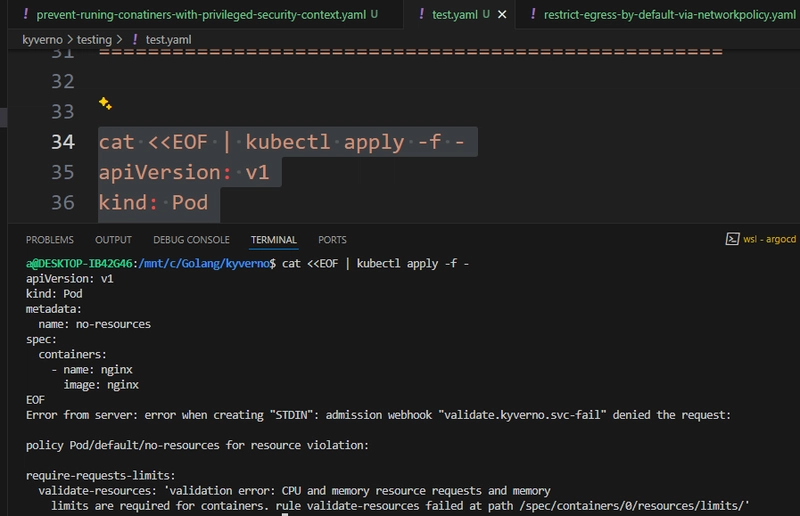CAP Theorem – The Three Fronts You Can't Win All At Once
In every engineer's dream, the ideal system would be: Always consistent (data is perfectly synchronized at all times), Always available (no errors, no timeouts), And completely unaffected by network issues. But reality is much harsher. When you build a distributed system — a system with multiple nodes and servers communicating over a network — you’ll realize: You can't have it all. You must sacrifice at least one factor. This is the essence of the CAP Theorem — one of the foundational principles that shapes all high-load systems. CAP Theorem: At Its Core, It's About Trade-Offs CAP stands for three properties: Consistency (C): Every node sees the same data at the same time. Availability (A): The system always responds to requests — even if only with a valid error — instead of staying silent or timing out. Partition Tolerance (P): The system continues to operate even when network partitions occur between nodes. The CAP Theorem states: When a network partition happens, you must choose between Consistency and Availability. You cannot optimize for both simultaneously. A Real-World Analogy: Bank Transactions Between Branches Imagine this: You have two bank branches in two different cities, connected via a network. One day, the connection between the two branches is lost. Now: If you prioritize Consistency: The system will refuse any transaction because it can't guarantee synchronized data. Users will experience errors or failed transactions (Availability drops). If you prioritize Availability: The system will still allow local transactions, saving them temporarily for later synchronization. But there’s a risk of temporary data inconsistency. You can only choose one priority in this situation. Three Types of Distributed Systems Under CAP Depending on business needs, real-world systems make different trade-offs: 1. CP Systems (Consistency + Partition Tolerance) Prioritize absolute data correctness, even if it means downtime. Example: Banking systems, digital wallets. When a network issue occurs → The system would rather reject a request than risk incorrect data. 2. AP Systems (Availability + Partition Tolerance) Prioritize serving requests no matter what, accepting temporary inconsistency. Example: Social networks, large marketplaces. When a network issue occurs → Users can still post statuses or buy items, even if data synchronization lags behind temporarily. 3. CA Systems (Consistency + Availability) These only exist in theory or in non-distributed systems (single-node setups or perfectly stable networks). In real distributed systems, Partition Tolerance is non-negotiable. Applying CAP in Real Systems You must decide: Prioritize Consistency when data errors could cause severe consequences (e.g., banks, financial transactions). Prioritize Availability when user experience is critical, and temporary inconsistency is acceptable (e.g., newsfeeds, likes, comments). There’s no absolute right or wrong. Only choices that match your business goals and user expectations. Practical Example: Liking a Post on Social Media You tap the "Like" button on a post. If the system prioritizes Availability, the Like icon updates instantly on your screen — even if synchronization with other servers isn't complete yet. If the system prioritizes Consistency, you might have to wait 1–2 seconds or even see an error if the server can't confirm the action immediately. Every choice comes with its own cost. TL;DR Building a high-load system is not just about technical excellence. It’s an art of choosing wisely and accepting trade-offs. When you understand CAP, you stop demanding "everything at once." You start asking smarter questions: "What do I need to prioritize here?" "Is the added latency acceptable for users?" "What level of consistency is good enough?" Further Reading If you found this article helpful and you’re keen on optimizing algorithms and honing your algorithmic thinking, I highly recommend the book Algorithm Mindset. It doesn’t just walk you through real-world problem-solving, it also helps you cultivate an algorithmic mindset in the most intuitive way.

In every engineer's dream, the ideal system would be:
- Always consistent (data is perfectly synchronized at all times),
- Always available (no errors, no timeouts),
- And completely unaffected by network issues.
But reality is much harsher.
When you build a distributed system — a system with multiple nodes and servers communicating over a network — you’ll realize:
You can't have it all.
You must sacrifice at least one factor.
This is the essence of the CAP Theorem — one of the foundational principles that shapes all high-load systems.
CAP Theorem: At Its Core, It's About Trade-Offs
CAP stands for three properties:
Consistency (C):
Every node sees the same data at the same time.Availability (A):
The system always responds to requests — even if only with a valid error — instead of staying silent or timing out.Partition Tolerance (P):
The system continues to operate even when network partitions occur between nodes.
The CAP Theorem states:
When a network partition happens, you must choose between Consistency and Availability.
You cannot optimize for both simultaneously.
A Real-World Analogy: Bank Transactions Between Branches
Imagine this: You have two bank branches in two different cities, connected via a network. One day, the connection between the two branches is lost.
Now:
If you prioritize Consistency: The system will refuse any transaction because it can't guarantee synchronized data. Users will experience errors or failed transactions (Availability drops).
If you prioritize Availability: The system will still allow local transactions, saving them temporarily for later synchronization. But there’s a risk of temporary data inconsistency.
You can only choose one priority in this situation.
Three Types of Distributed Systems Under CAP
Depending on business needs, real-world systems make different trade-offs:
1. CP Systems (Consistency + Partition Tolerance)
Prioritize absolute data correctness, even if it means downtime.
Example: Banking systems, digital wallets.
When a network issue occurs → The system would rather reject a request than risk incorrect data.
2. AP Systems (Availability + Partition Tolerance)
Prioritize serving requests no matter what, accepting temporary inconsistency.
Example: Social networks, large marketplaces.
When a network issue occurs → Users can still post statuses or buy items, even if data synchronization lags behind temporarily.
3. CA Systems (Consistency + Availability)
These only exist in theory or in non-distributed systems (single-node setups or perfectly stable networks).
In real distributed systems, Partition Tolerance is non-negotiable.
Applying CAP in Real Systems
You must decide:
Prioritize Consistency when data errors could cause severe consequences (e.g., banks, financial transactions).
Prioritize Availability when user experience is critical, and temporary inconsistency is acceptable (e.g., newsfeeds, likes, comments).
There’s no absolute right or wrong.
Only choices that match your business goals and user expectations.
Practical Example: Liking a Post on Social Media
You tap the "Like" button on a post.
If the system prioritizes Availability, the Like icon updates instantly on your screen — even if synchronization with other servers isn't complete yet.
If the system prioritizes Consistency, you might have to wait 1–2 seconds or even see an error if the server can't confirm the action immediately.
Every choice comes with its own cost.
TL;DR
Building a high-load system is not just about technical excellence.
It’s an art of choosing wisely and accepting trade-offs.
When you understand CAP, you stop demanding "everything at once."
You start asking smarter questions:
- "What do I need to prioritize here?"
- "Is the added latency acceptable for users?"
- "What level of consistency is good enough?"
Further Reading
If you found this article helpful and you’re keen on optimizing algorithms and honing your algorithmic thinking, I highly recommend the book Algorithm Mindset. It doesn’t just walk you through real-world problem-solving, it also helps you cultivate an algorithmic mindset in the most intuitive way.
_Wavebreakmedia_Ltd_IFE-240611_Alamy.jpg?width=1280&auto=webp&quality=80&disable=upscale#)










































































![Netflix Unveils Redesigned TV Interface With Smarter Recommendations [Video]](https://www.iclarified.com/images/news/97249/97249/97249-640.jpg)

![Apple Seeds watchOS 11.5 RC to Developers [Download]](https://www.iclarified.com/images/news/97235/97235/97235-640.jpg)




























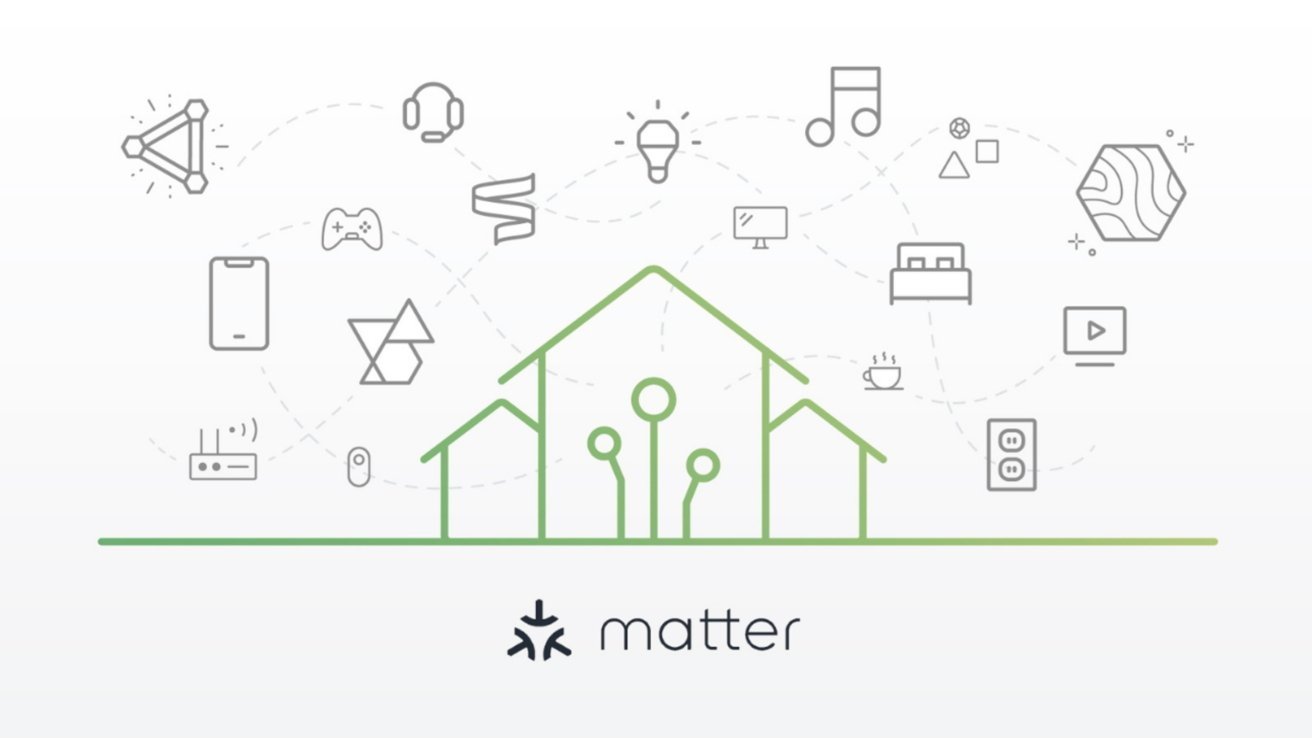









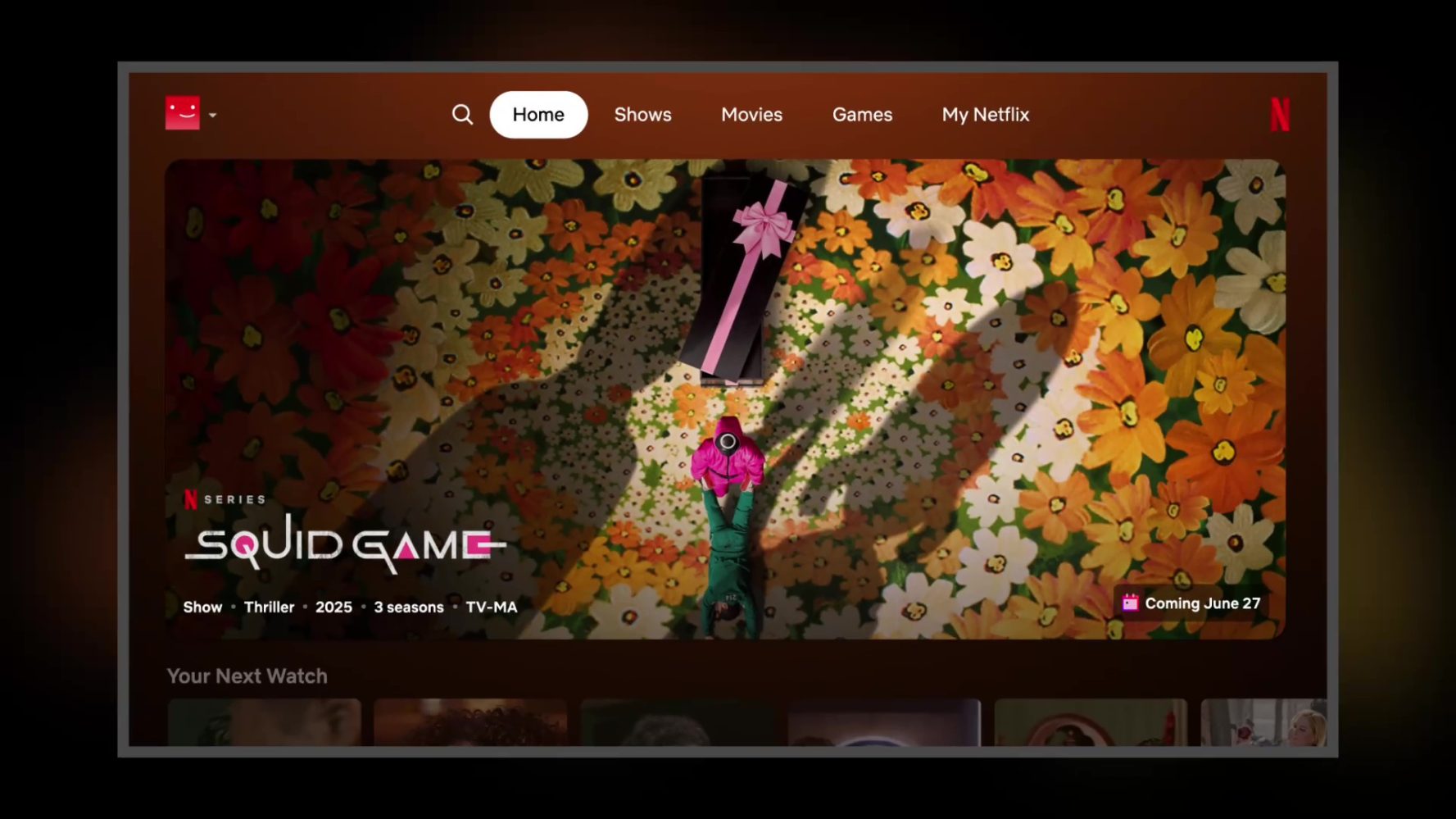
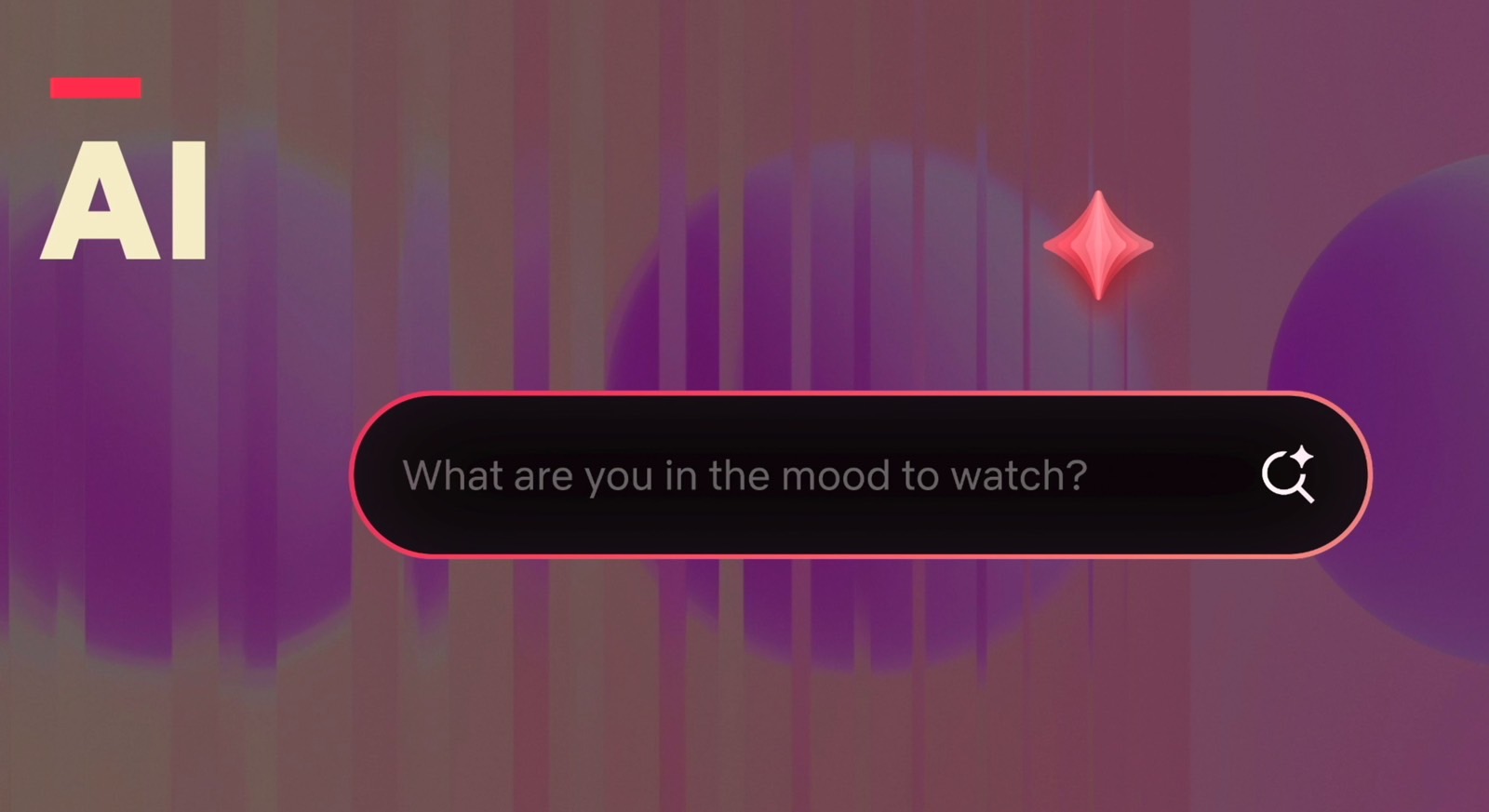












































































_Alexey_Kotelnikov_Alamy.jpg?width=1280&auto=webp&quality=80&disable=upscale#)
_Brian_Jackson_Alamy.jpg?width=1280&auto=webp&quality=80&disable=upscale#)
























































































































![[The AI Show Episode 146]: Rise of “AI-First” Companies, AI Job Disruption, GPT-4o Update Gets Rolled Back, How Big Consulting Firms Use AI, and Meta AI App](https://www.marketingaiinstitute.com/hubfs/ep%20146%20cover.png)



























































































































































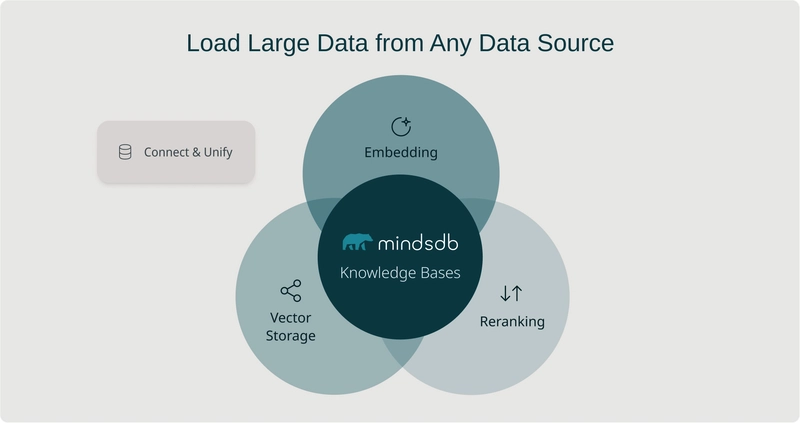










































.jpg?#)
























































